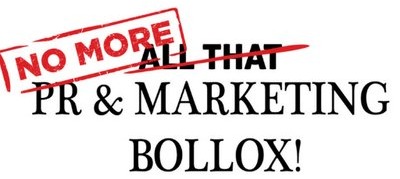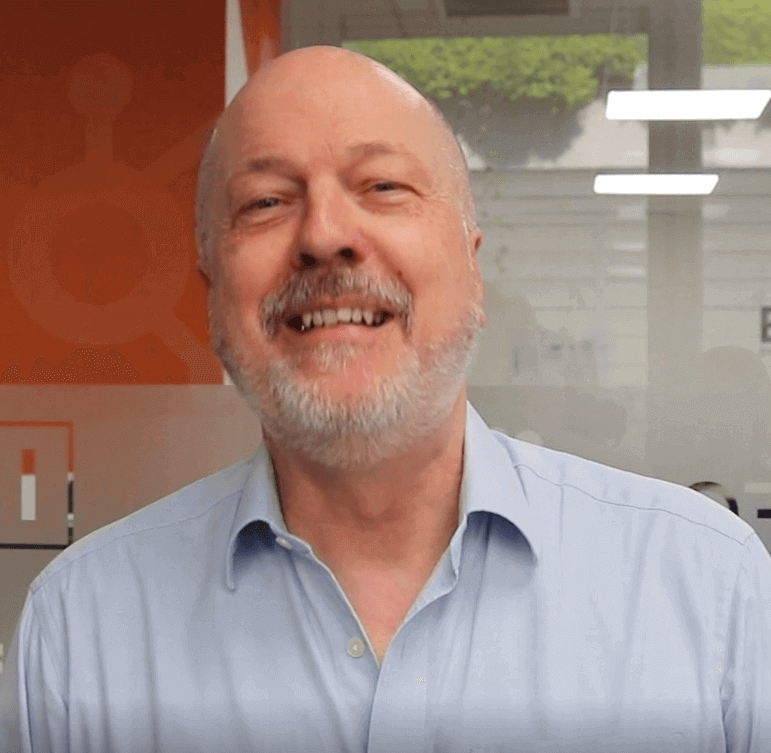

There has been a lot of advice in this blog series thus far. The goal of this final post is to explain how important it is to ensure that necessary preparation has been put into your marketing strategy to enable you to successfully engage in the process of new business development and lead generation.
The steps below have already been mentioned in previous blogs, but I’m including them here to emphasise their importance. They are a review of past chapters that will help you to appreciate the level of preparation that is needed before you can start your promotion.So let’s start with Johnny Depp!
Why?
This is to give you something to remember why this process is so important.
Think of it in these terms - DEPP!- Differentiation
- Explanation
- Positioning
- Promotion
Almost without exception they are unprepared to actually start the process of promotion, because promotion is a final P in ‘DEPP’ - and each of the prior stages must be completed in order to provide us with the platform to be able to promote the business.
You must be able to differentiate why you are different/better than your competitors - if you cannot, how are we going to explain why they should choose you over the competition?
If you have not got a clear understanding of your positioning and each member of the board and the management of the business - do not all share the same view and understanding of precisely what is you do, promotion of your USPs, (Unique Selling Propositions) will be almost impossible.
So there are a lot of Ps here to deal with!!!
- 1. Differentiation: Find your goat!
- 2. Explanation: Reach the Ronseal Moment:
- 3. Positioning: Figure out your market position:
Once you have your messaging down, your go-to-market strategy is the next key step. This includes working out who you are targeting, which brings in another P, Personas. You need to define the buyer personas - the characteristics of the individuals who represent your key target audience. Remember that you are marketing to people not to companies - so the concept of the buyer persona is to try to understand the type of person you are dealing with, what they like and do not like, their level of sophistication, knowledge and understanding, and then determining the best way to reach them. This process includes asking questions like: What is the commonality among the people you are selling to? Are you solving a problem that occurs in just one industry or vertical? Or are you solving a problem that’s specific to a particular job function and can be applied horizontally across different industries or markets? Answering those questions may mean you need to map and analyse your sales patterns and look for “clusters.” Running around casting a large net and hoping someone will buy your product is not a strategy. You must know where the business problem that you are solving is occurring—and who usually has to deal with it—before you communicate that you can solve it.
In principle you are now ready to start promotion, on the basis that you know how to differentiate yourself, you know how to explain your proposition and you have clearly positioned yourself. Promotion then becomes the starting point for developing the content that you will use to promote your business and your propositions. This of course starts with your website.
- 4. Presentation: Know that your website meets your prospects before you do:
Once you know this and understand the importance of having a website that communicates what you do, you need to think about just how those prospects are arriving at your site.
- 5. Preparation: Content creation:
Once you’ve figured out how people are going to land on your website, you need to increase the likelihood that they’ll get there. The way to do that is with content, or original written material that you publish online. The most basic example of this is entry level content, or a blog post that can be found by Google via search engine optimisation via a well optimised headline, and will draw the customer in at a stage where they’re not ready to be sold to. At this stage, you’re not asking for anything in return, you’re providing informational value to your prospect and increasing the likelihood they’ll think of you in the future when they’re past the information gathering stage. And this also involves the development of key content which will attract your prospects and start the process of engagement.
- 6. Promotion: Amplification:
Now that you have created great content which is hosted on your website and your blog, how do you get people to read it? That’s where amplification comes in, or sharing your content on social media. Nothing has greater potential to drive unprecedented amounts of traffic to your site than creating a piece of content that is novel and likely to ‘go viral’ through social media. If you look at the small blogs and websites that have had pieces of content go viral—and had their online profiles changed forever as a result— it’s almost never the case that they ‘got lucky’ and set out to create a single piece of viral content and succeeded. More often, they were consistently creating and putting out quality content to begin with, then one of the many things they put out unexpectedly took hold.
Use every channel available to you to promote your content - all the way through this blog series I have highlighted the various options available to you - from SEO to social media engagement, paid search to paid social.
Just remember what a very wise old client of mine had written on his office wall:
‘Remember that big hitters are just little hitters that keep hitting.’
Which brings us to the final P -
- Persistence... Once you have found out what works for you, keep doing it.
Tip #51: Persistence is everything: Think it, do it, optimise it - and keep doing it!
Good luck on your mission!Wishing you all a very happy and prosperous 2017.
Watch out for a new blog series coming your way soon!
If you'd like to receive the latest 'All that PR & Marketing Bollox...Explained!' blogs straight to your inbox every week, you can subscribe below:




Submit a Comment